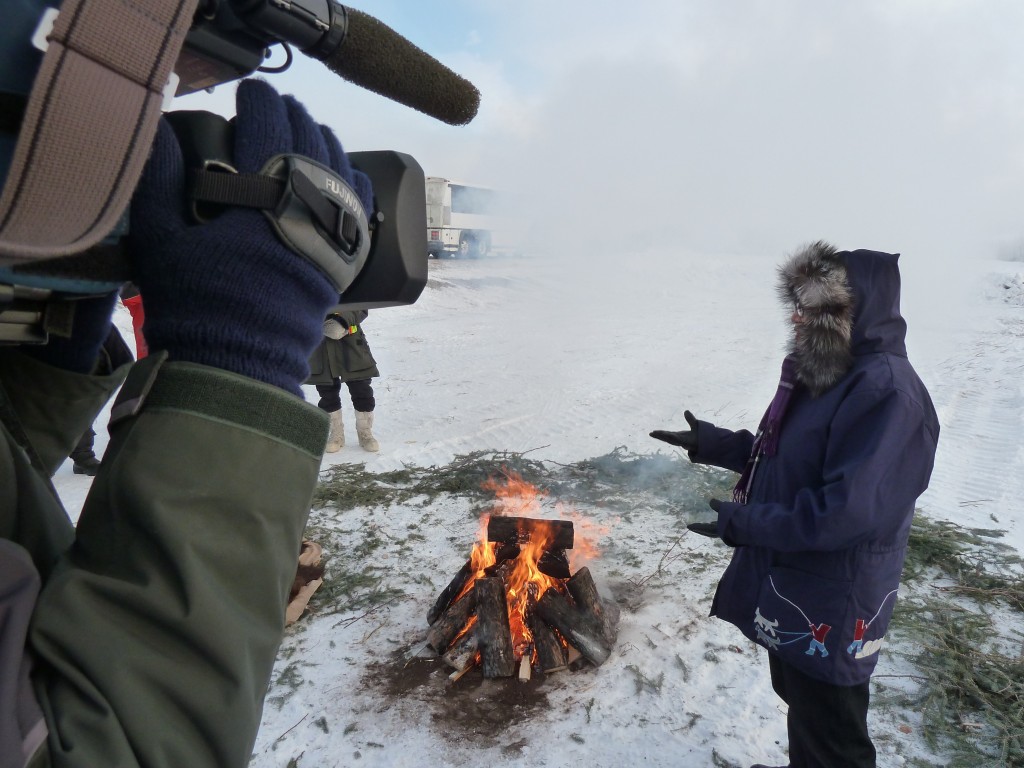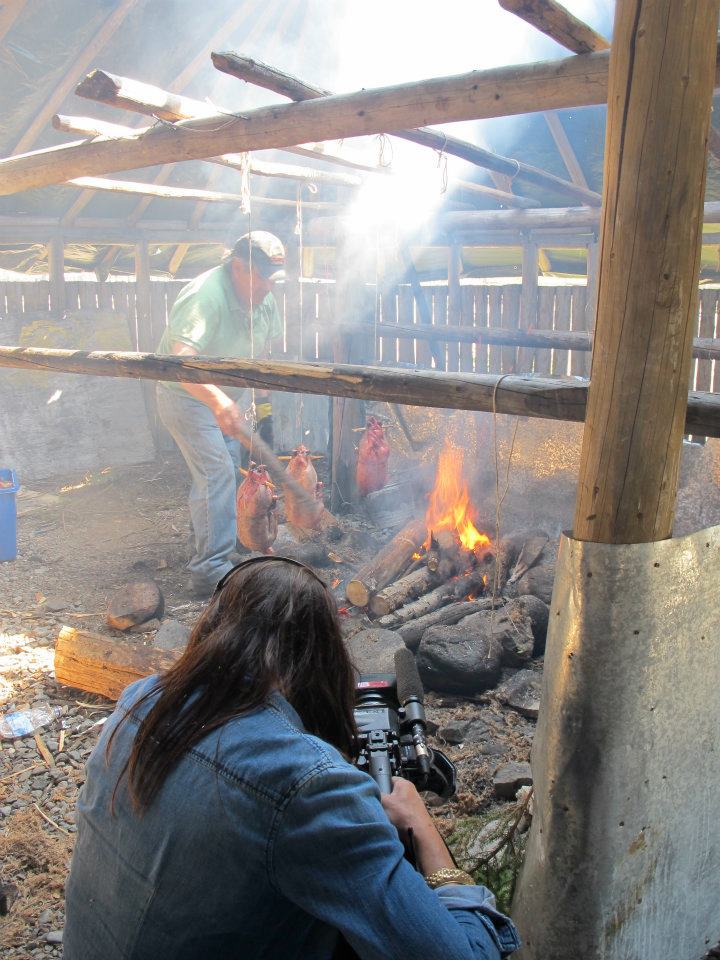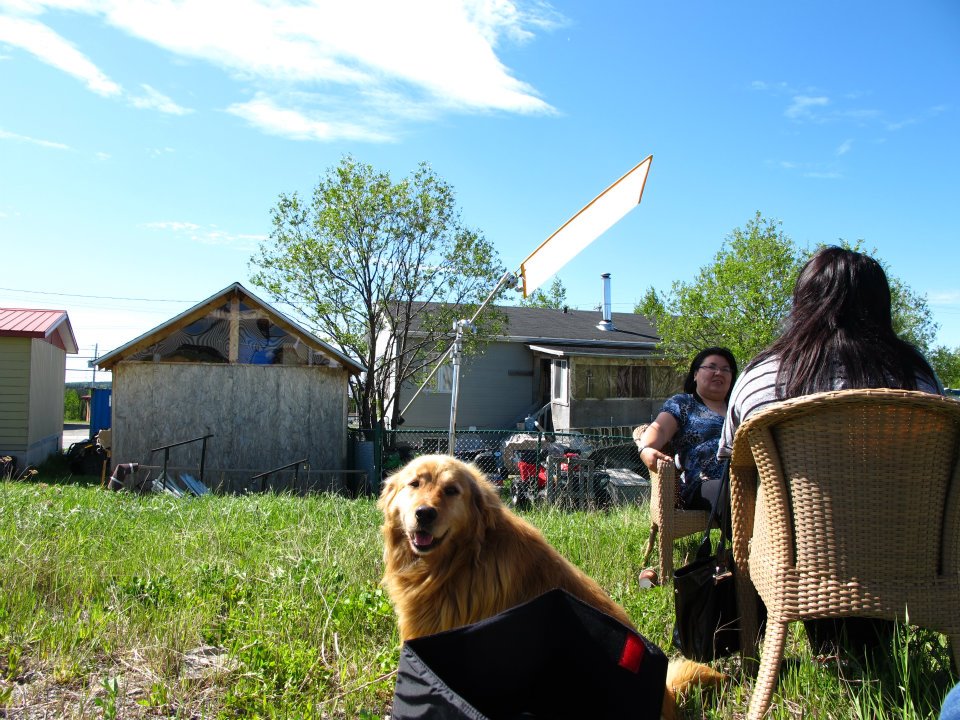13 Dec On RIIC’s first anniversary: from #Attawapiskat to #IdleNoMore
I started this website with a dream: maybe it could help reporters tell better Indigenous stories.
Just over a year ago (yes, I’m on Indian Time with the anniversary post), I clicked PUBLISH — and RIIC was born.
The day it launched, families in the northern Ontario community of Attawapiskat were freezing in shacks, and the Chief was pleading for media to pay attention to her community’s State of Emergency.
A year later, the Chief of Attawapiskat is on a hunger strike on Parliament Hill, and Indigenous Twitterate are exploding with rage that mainstream media have mostly ignored the #IdleNoMore movement.
Has anything changed? Maybe not.
But since Reporting in Indigenous Communities launched, THOUSANDS of people have dropped by to check out it out.
As I reflect on a year of RIIC, I feel… well, I feel hopeful. Let me give you a short list of reasons why.
RIIC’s Top 5 List of Lessons Learned
1. The Interweb is beautiful thing
RIIC has had visitors from all over the world. Frankly, I never imagined folks in Khazikstan and Mynamar would want to read about reporting strategies for Indigenous communities written by a Canadian journalist.
Of course, RIIC is biggest in Canada. No shocker there. But lots of people have come to visit from the United States, Australia and Norway.
From Hoogezand (ah-neen all you Saami!) to Missoula, Montana (meegwich to all students in University of Montana Native Honours Project). London, England to London, Ontario. Salt Lake City and Sioux Lookout… Nairobi and Nelson… Kautokeino and Kathmandu… Helsinki, Honolulu, and Hong Kong.
We’ve got a loyal fan base in Canadian cities – Vancouver, Toronto and Ottawa are our biggest markets. But big shout out to Sydney and Brisbane for making RIIC’s top ten cities.
As for the most popular pages of the RIIC Guide, honours go to News Stereotypes of Aboriginal Peoples, and Aboriginal Customs and Protocols.
2. Change is coming
I understand why Indigenous tweeters are pissed that Canadian mainstream media favoured the #IkeaMonkey over #IdleNoMore.
But, I’ve got some news for you. Change is coming.
How do I know? Because I can’t keep up with all the journalism students from across Canada and the US contacting me through RIIC, with questions about how to cover Aboriginal peoples and story ideas and ethical quandaries.
They’ll soon graduate to newsrooms overwhelmed with change. Unprecedented change. No one quite knows what the future of journalism looks like, and how any of us are going to get paid in the Internet age.
But, if students of today are any indication, our newsrooms of tomorrow are going to be places where journalists think hard about representation of Indigenous people, and take a little extra effort to make sure Indigenous voices are included in their coverage.
That inspires me.
3. Media cares
I wish I could say RIIC sparked immediate and intense debate in newsrooms across Canada, the US and Australia about ethical protocols of covering Indigenous communities and how to improve both the quality and quantity of coverage.
It didn’t, really.
But I have heard from a lot of journalists, which I appreciate, because I know how busy we all are. I especially love the notes and calls from journalists in local papers and radio newsrooms in small, isolated towns. And I’m convinced many in the media care about improving our coverage, and maybe RIIC can help.
Why?
Well, I was pleased to be invited by my own news organization, the CBC, to give a professional development lecture on covering Indigenous issues, and I hope to do more. I was pleased that J-source, an organization of journalists and professors I admire greatly, paid attention to the development of RIIC. I was pleased that more than a few journalists chose to devote some copy and airwaves to RIIC, especially since I know first-hand: a monkey loose in Ikea is going to win hands down every day.
4. Blogging is damn hard work
I’m a noob to this whole blogging/website thing. I’ve made a few mistakes. The site is pretty, but still amateurish.
I had hoped @RIICNews might become a fashionable or even viral tag on Twitter, for folks to flag Indigenous news stories they liked or didn’t liked. That didn’t last long. The comments section isn’t much of a going concern either.
Then, there’s the Contact page. My web designer just informed me for the past year, RIIC form emails have been going to his email address junk mail, not the RIIC email address.
Oops.
So, there’s one year of emails I didn’t respond to. Sorry, folks.
Still, if you stumble, make it part of the dance. Here are two of my favourites:
Aanii, Wachay, Duncan – I’m now 89 years old and have been standing/walking in solidarity with the First Peoples for about 45 years as a church news reporter and freelance journalist. As I read this website, I realize that I have been discovering (by careful listening, mostly) most if not all the things you are including here (re how to cover First Peoples’ stories) through all those years, and here you have captured all that in one superb website! Nishin! (I’ve also studied Aishnabemowin during that same length of time!) So gchi miigwech for this absolutely marvellous resource. I hope it is mandatory to be a part of every journalism course in the country – or across Turtle Island, for that matter! Gchi miigwech, Jean
Hi Duncan, I received and read your site from a family member who is a writer/journalist – she comes from the non-Aboriginal side of the family. As a socially conscience & involved urban Native gay male, your site is so necessary given the ongoing false impressions and stereotypes often reported and propagated about the Native community. Love it and truly appreciate your commitment. Thank you Peter
Thank you to everyone who wrote an email to share support. Thank you to every journalist who left a Teaching. Thank you to those who liked a page.
Special thanks to those who liked RIIC News on Facebook (207 of you so far!) or followed @RIICNews on Twitter (1050 and counting – c’mon @justinbieber, just give a brother a RT, will ya!).
5. There’s more to be done
There’s SO much more that needs to be done with this site.
RIIC needs video. Working on that. I still haven’t gotten around to building a Resources section, or doing all the hyperlinks. I’d like to see more guest blogs, and more analysis of stories in the news. I’d want to see live chats with journalists, on the issues of the day. RIIC could use a podcast. I’m hoping to start an annual RIIC Award, for best and worst coverage. I know there’s interest in RIIC in other countries with Indigenous peoples, and it would be great to start working global content in.
But, I’m a working hack. This site is a labour of love, based out of RIIC HQ, here at my desk next to the dryer in the laundry room.
So, will Year Two bring a new, improved, overhauled site — RIIC 2.0? Not bloody likely — unless someone wants to make a big Interac e-transfer. If so, I promise I’ll get back to you promptly (now that the Contact section is working).
In the year ahead, I hope people keep finding the RIIC Guide. I hope people keep the conversation going on Facebook and Twitter. I hope the new Lone Ranger movie doesn’t turn out to be as awful as I fear.
And here’s what I learned. There’s a community of journalists and news audiences, around the world, who are hungry for thoughtful, engaging journalism about Indigenous peoples. Journalism that makes us laugh and cry. Together, we can make a difference. I’m sure of it.
Monkey be damned.









